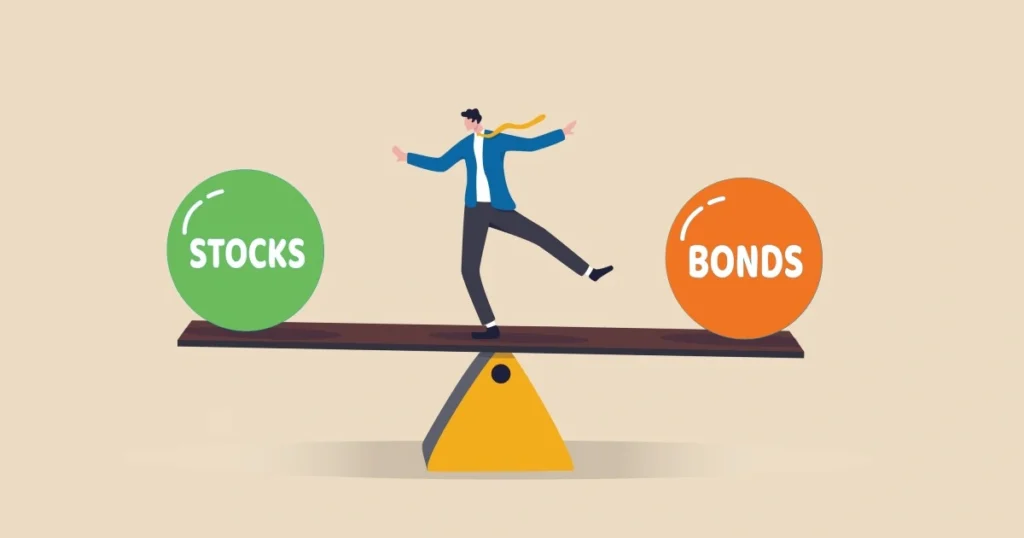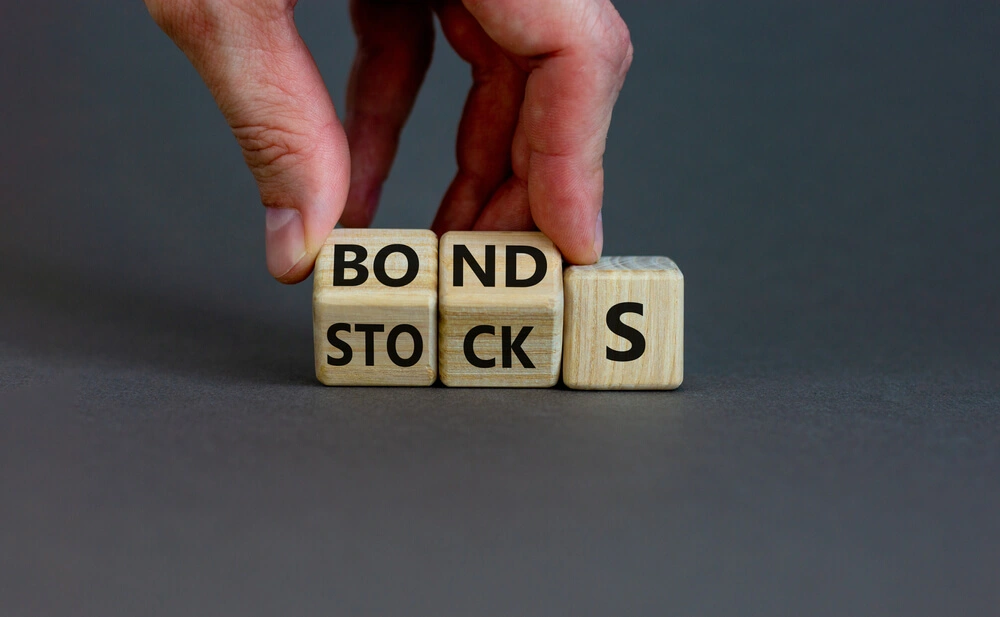Welcome to the Basics: Why Understanding Stocks vs Bonds Matters
If you’ve just started dipping your toes into investing, the phrase “stocks vs bonds” might sound like a pop quiz you didn’t study for. Don’t worry—you’re not alone.
This guide is for beginners. We’ll keep it simple, skip the fancy jargon, and walk you through what stocks and bonds are, how they differ, and how to decide which might fit your financial goals best.
Let’s make this money stuff feel a little less intimidating—one step at a time.
What Are Stocks? (And Why People Get Excited About Them)

When you buy a stock, you’re buying a small slice of a company. You become a part-owner, even if it’s just for one share.
Here’s how people usually make money from stocks:
- Price goes up: You buy a stock for $50, and later it’s worth $70. That’s a $20 gain if you sell.
- Dividends: Some companies share profits with stockholders—sort of like a thank-you payment.
But stocks can be a bit of a rollercoaster. Some days you’re up, some days you’re down. The long-term trend has historically been upward, but short-term swings are totally normal.
Bonds 101: Lending Instead of Owning

Unlike stocks, buying a bond doesn’t make you part-owner of anything. Instead, you’re lending money to a company or a government. In return, they agree to pay you interest on a regular basis—and then return the full amount you gave them later.
Think of it like this:
- You’re the lender.
- They’re the borrower.
- You get paid for your patience and trust.
Bonds are known for being more stable than stocks, but that also means they usually offer smaller returns.
Stocks vs Bonds: What Makes Them Different

Let’s compare them side-by-side to really see the difference:
| Feature | Stocks | Bonds |
|---|---|---|
| What you get | Ownership in a company | Loan to a company or government |
| Returns | Can be high, but unpredictable | Steady, usually lower |
| Risk level | Higher (more ups and downs) | Lower (but not zero!) |
| Income type | Dividends (sometimes) + growth | Regular interest payments |
| Time horizon | Best for long-term goals | Good for short- or mid-term plans |
Understanding these basics helps you figure out where each fits into your financial plan. Stocks vs bonds isn’t a matter of “better”—it’s about what’s better for you.
When to Choose Stocks vs Bonds

One of the big questions people have is: How do I know which one to pick?
Here’s a simple way to think about it:
- Stocks might be better if:
- You’re saving for something far in the future (like retirement).
- You’re okay with some ups and downs in your account balance.
- You want your money to grow more over time.
- Bonds might be better if:
- You’re close to needing the money (say, within five years).
- You want a steadier ride.
- You prefer earning consistent income from your investment.
And yes—it’s completely normal (and smart) to have both.
How Inflation Fits into the Picture

Inflation is the slow rise in prices over time. It makes things cost more and slowly chips away at your money’s buying power.
- Stocks tend to keep up with inflation because as companies grow, their value rises.
- Bonds, especially those with low interest rates, might fall behind inflation, meaning your money won’t stretch as far in the future.
Some bonds are designed to fight inflation, but they don’t always offer exciting returns.
Mixing It Up: A Smart Approach for Beginners

Here’s a little secret: most investors don’t pick just stocks or just bonds—they mix both.
This is called diversification, and it helps balance risk. If stocks are having a bad year, your bonds might keep things steady. If bonds are slow, your stocks could be growing.
How you mix them depends on your age, goals, and comfort level. For example:
- In your 20s or 30s? You might go heavier on stocks.
- In your 50s or nearing retirement? You might start shifting toward bonds.
There’s no perfect formula, but starting with a blend—and adjusting as life changes—is a solid game plan.
Final Thoughts: You’ve Got This

Investing doesn’t have to feel scary or overwhelming. The stocks vs bonds conversation is really about understanding the different roles each one plays.
Think of it like building a team—stocks bring the energy, and bonds bring the calm. Together, they can help you reach your financial goals without all the stress.
So take a breath, trust the process, and remember: the best time to start learning is now.
Relevent news: Here



